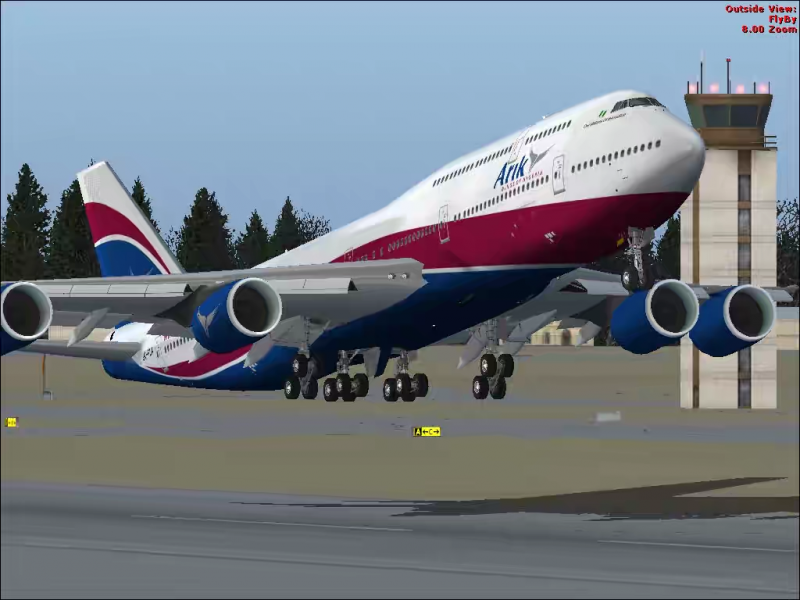The International Air Transport Association (IATA), has reported 6.4 per cent growth in traffic for African airlines in August with the exiting of Nigeria and South Africa from recession in second quarter.
IATA, in a statement by its Director General, Alexandre de Juniac, on Thursday, said that seasonally adjusted traffic had broadly tracked sideways so far in 2017.
Juniac added that capacity rose to 3.4 per cent, while the smallest increase among regions and load factor surged from 2.1 percentage points to 75.7 per cent.
He said that global passenger traffic demand, measured in total revenue passenger kilometers (RPKs) climbed to 7.2 per cent compared to the year-ago period.
“Following the strong summer traffic season in the Northern hemisphere, 2017 is on course to be another year of strong traffic growth.
“However, some important demand drivers are easing, particularly lower fares and as we head towards the end of the year we still expect growth to continue, but potentially at a slower pace,” he said.
IATA boss disclosed that August international passenger demand rose seven per cent compared to August 2016 while all regions recorded increases, led by airlines in Latin America.
According to IATA, European carriers saw August demand climb 6.9 per cent year-to-year, which was a slowdown from the 7.9 per cent growth recorded in July.
“International traffic on routes within Europe has slid in recent months, in seasonally-adjusted terms, despite a strengthening regional economic backdrop.
“Traffic conditions on the Europe-Asia route have also softened on a seasonally-adjusted basis as capacity rose 5.5 per cent and load factor climbed 1.2 percentage points to 88.3 per cent which was the highest among regions.
“Asia-Pacific airlines’ August traffic increased 8.6 per cent compared to the year-ago period, which was an acceleration compared to the 6.6 per cent rise in July.
“However, the same trend of softening demand growth on routes within the region was apparent while the capacity rose 8.3 per cent and load factor inched up 0.2 percentage points to 81.4 per cent,” he said.
Juniac also disclosed that Middle Eastern carriers posted a 5.5 per cent traffic increase in August, well below the five-year average pace of 11.1 per cent.
He added that the Middle East-to-North America market in particular had been hit by a combination of factors, including the now lifted cabin ban on large portable electronic devices, as well as a wider impact from the proposed travel bans to the US.
According to him, North American airlines’ international demand rose 5.5 per cent compared to August 2016, up from four per cent growth recorded in July and nearly double the five-year average of 3.1 per cent.
“There are signs that inbound travel to the US is being negatively-impacted by the additional security measures now involved with travelling there.
“Capacity rose 3.9 per cent and load factor grew by 1.4 percentage points to 86.6 per cent,” he said.

